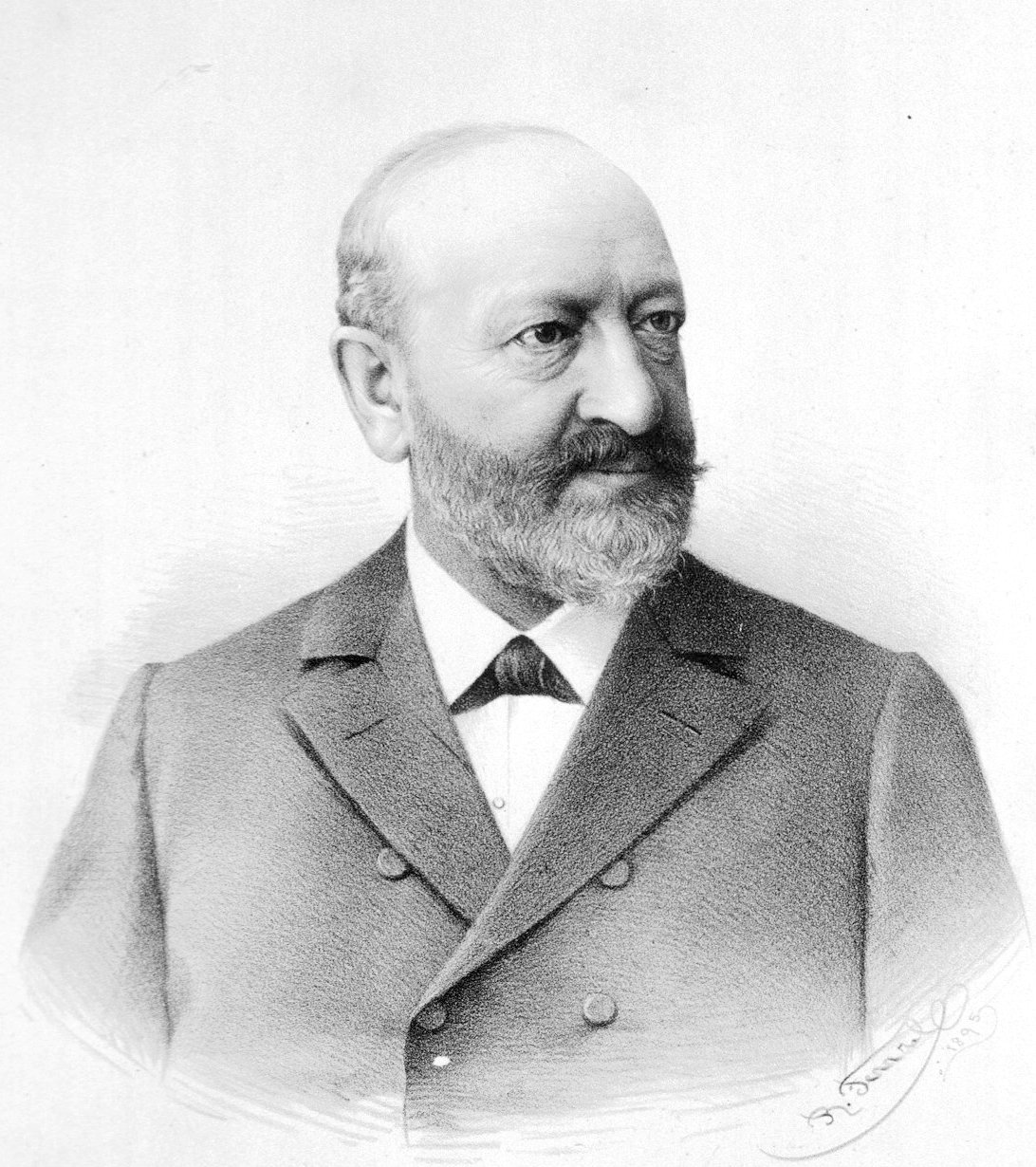Julius Wiesner on:
[Wikipedia]
[Google]
[Amazon]
 Julius Ritter von Wiesner (20 January 1838 – 9 October 1916) was a professor of botany at the
Julius Ritter von Wiesner (20 January 1838 – 9 October 1916) was a professor of botany at the
IDREF.fr
published works
 Julius Ritter von Wiesner (20 January 1838 – 9 October 1916) was a professor of botany at the
Julius Ritter von Wiesner (20 January 1838 – 9 October 1916) was a professor of botany at the University of Vienna
The University of Vienna (, ) is a public university, public research university in Vienna, Austria. Founded by Rudolf IV, Duke of Austria, Duke Rudolph IV in 1365, it is the oldest university in the German-speaking world and among the largest ...
, a pioneer of experimental botany and a specialist in the physiology
Physiology (; ) is the science, scientific study of function (biology), functions and mechanism (biology), mechanisms in a life, living system. As a branches of science, subdiscipline of biology, physiology focuses on how organisms, organ syst ...
and anatomy of plants. He was awarded hereditary knighthood in 1909.
Wiesner was born in Moravia and grew up in Brno. His father Karl was the son of businessman and his mother was Rosa Deutsch. After school he went to university in Vienna and Jena where he did his doctoral research under Matthias J. Schleiden (1804–1881). His teachers included Eduard Fenzl (1808–1879) and Franz Unger (1800–1870) but he was also influenced by the physiologist Ernst Brücke (1819–1892). He qualified as a teacher in 1861. In 1870 he became a professor at the forestry academy of Mariabrunn, and from 1873 to 1909, was a professor of plant anatomy and physiology at the University of Vienna, and at the same time (1866 to 1880) had a teaching position of technical commodity science at the Vienna University of Technology. At Vienna he founded the department of plant physiology (1873). During his career, he took part in scientific expeditions to Egypt
Egypt ( , ), officially the Arab Republic of Egypt, is a country spanning the Northeast Africa, northeast corner of Africa and Western Asia, southwest corner of Asia via the Sinai Peninsula. It is bordered by the Mediterranean Sea to northe ...
, India
India, officially the Republic of India, is a country in South Asia. It is the List of countries and dependencies by area, seventh-largest country by area; the List of countries by population (United Nations), most populous country since ...
, Java
Java is one of the Greater Sunda Islands in Indonesia. It is bordered by the Indian Ocean to the south and the Java Sea (a part of Pacific Ocean) to the north. With a population of 156.9 million people (including Madura) in mid 2024, proje ...
, Sumatra
Sumatra () is one of the Sunda Islands of western Indonesia. It is the largest island that is fully within Indonesian territory, as well as the list of islands by area, sixth-largest island in the world at 482,286.55 km2 (182,812 mi. ...
, North America
North America is a continent in the Northern Hemisphere, Northern and Western Hemisphere, Western hemispheres. North America is bordered to the north by the Arctic Ocean, to the east by the Atlantic Ocean, to the southeast by South Ameri ...
and the Arctic
The Arctic (; . ) is the polar regions of Earth, polar region of Earth that surrounds the North Pole, lying within the Arctic Circle. The Arctic region, from the IERS Reference Meridian travelling east, consists of parts of northern Norway ( ...
. He served as rector of the University from 1898 to 1899.
Wiesner followed an experimental approach to plant physiology. His research included studies on phototropism in plants, on the formation of chlorophyll
Chlorophyll is any of several related green pigments found in cyanobacteria and in the chloroplasts of algae and plants. Its name is derived from the Greek words (, "pale green") and (, "leaf"). Chlorophyll allows plants to absorb energy ...
. and investigations involving the technological properties of plant raw materials.
Recognised as an accomplished botanist
Botany, also called plant science, is the branch of natural science and biology studying plants, especially Plant anatomy, their anatomy, Plant taxonomy, taxonomy, and Plant ecology, ecology. A botanist or plant scientist is a scientist who s ...
and author of German language books and papers — his 1881 work on the movement in plants was read and discussed by Charles Darwin
Charles Robert Darwin ( ; 12 February 1809 – 19 April 1882) was an English Natural history#Before 1900, naturalist, geologist, and biologist, widely known for his contributions to evolutionary biology. His proposition that all speci ...
— the genus '' Wiesneria'' commemorates his name. His son Friedrich Wiesner became a diplomat.
Wiesner died in 1916 and was buried in the Grinzinger Cemetery and marble memorial was erected at the University of Vienna in December 1927. This memorial was demolished in 1938 because of his Jewish origins.
Selected works
* ''Die Entstehung des Chlorophylls in der Pflanze'', 1877 – The formation of chlorophyll in plants. * ''Die Heliotropischen Erscheinungen im Pflanzenreiche'', 1878 – The heliotropic phenomena in the plant kingdom. * ''Das Bewegungsvermögen der Pflanzen : eine kritische Studie über das gleichnamige Werk von Charles Darwin nebst neuen Untersuchungen'', 1881 – The power of movement in plants, a critical study of the homonymous work of Charles Darwin, together with new studies. * '' Elemente der Wissenschaftlichen Botanik'', 1881-84 (two volumes) – Elements of scientific botany. * ''Die Rohstoffe des Pflanzenreiches'', 1900-03 (two volumes) – Raw materials of the plant kingdom.published works
References
External links
* {{DEFAULTSORT:Wiesner, Julius 1916 deaths 1838 births Botanists from Austria-Hungary University of Vienna alumni Members of the Royal Society of Sciences in Uppsala